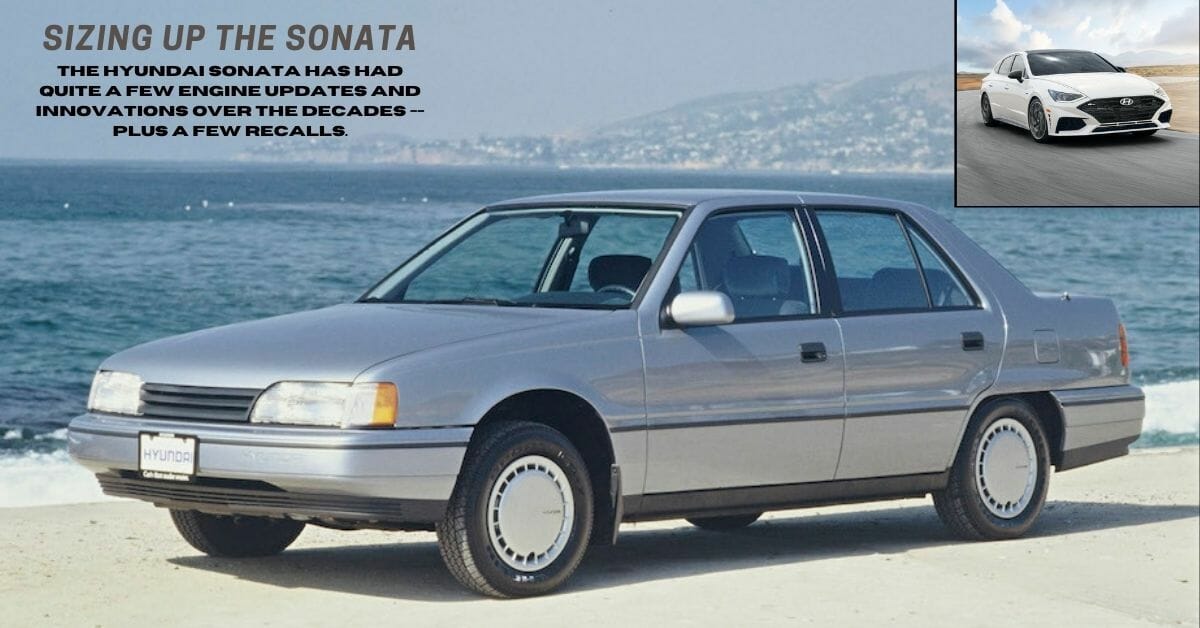
Overall, how reliable and powerful has the Sonata been since hitting the market in 1989? We trace its history of engines, innovations, and recalls for the answers.
Hyundai’s first-generation Sonata was sold way back in 1989, but the sales were not quite as popular as other imports. It wasn’t until 2001, when the revised EF-B chassis was released to U.S. consumers, that the Sonata started to gain traction with buyers. Over the years and through successive releases and different engines, the Hyundai Sonata has become increasingly more powerful.
In late 2020, Hyundai announced that the high performance 2021 Sonata N Line with SEL Plus trim is its most powerful edition ever, featuring an exclusive Smartstream engine mated to a new N Eight-Speed Wet Dual-Clutch Transmission.
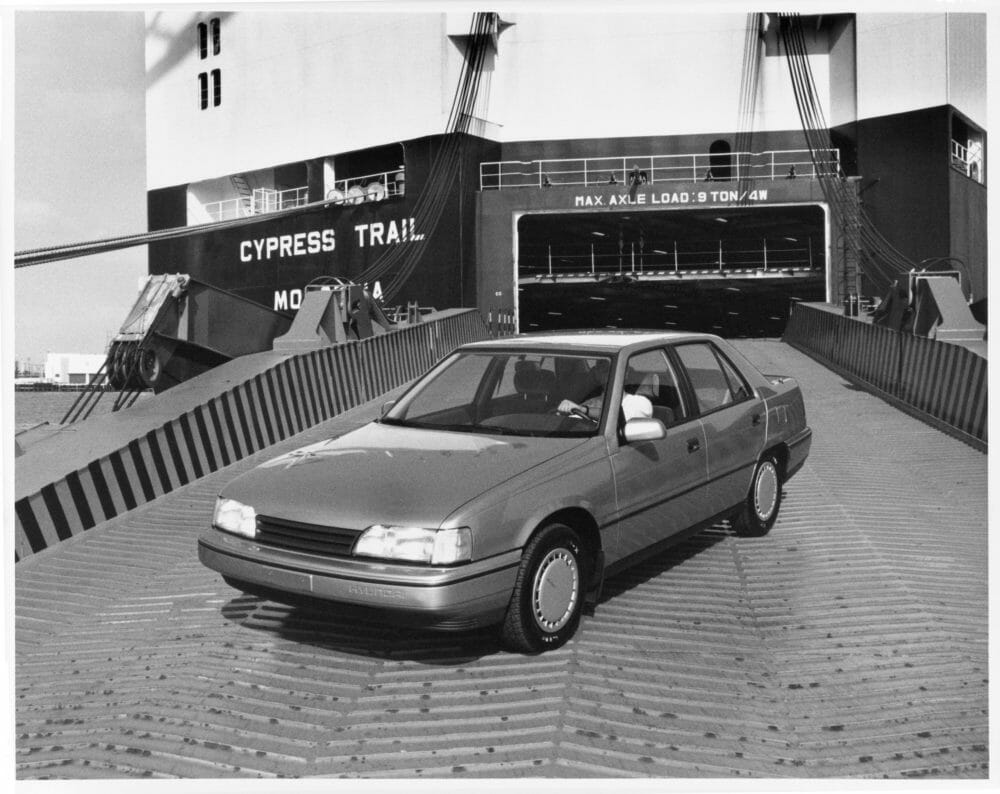
“Consistent with the N Line Philosophy, the Sonata N Line brings 290 horsepower and performance to the street,” says Olabisi Boyle, V.P. of Product Planning for Hyundai Motor North America. “It is composed and responsive on the road and quick with its turbocharged 2.5-l engine.”
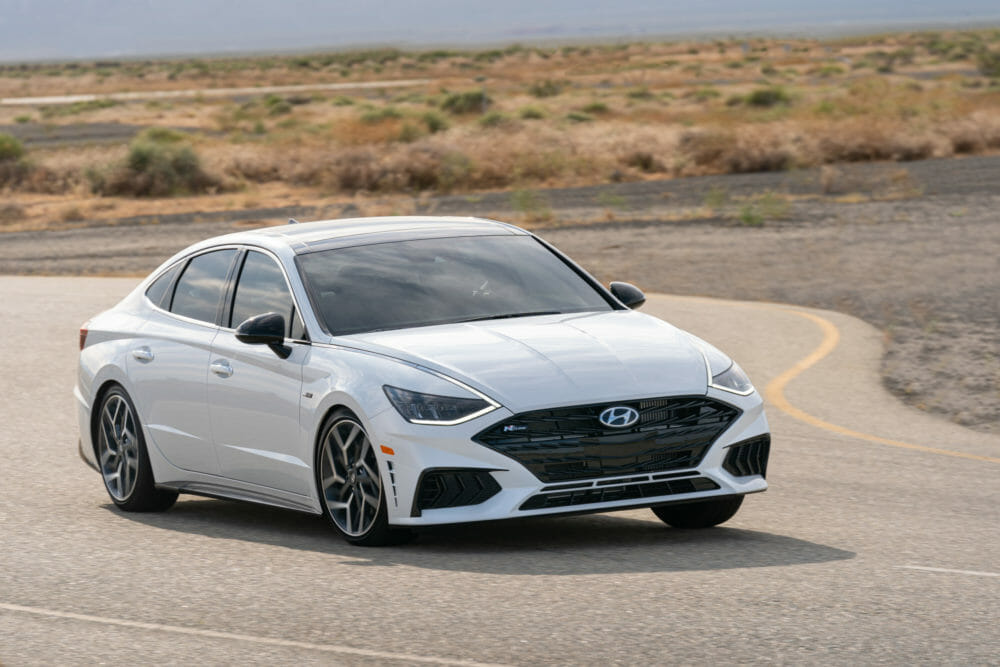
Before its all-new powerplant made the 2021 Sonata N Line the most powerful edition ever, the Hyundai’s engines experienced quite a few updates and innovations–and recalls–over the decades. So, how reliable is the Hyundai Sonata overall? For the answer, let’s review its history of engines in regard to power, performance, reliability, and recalls.
Hyundai Sonata Engines: The Fast & The Curious
EF Engines
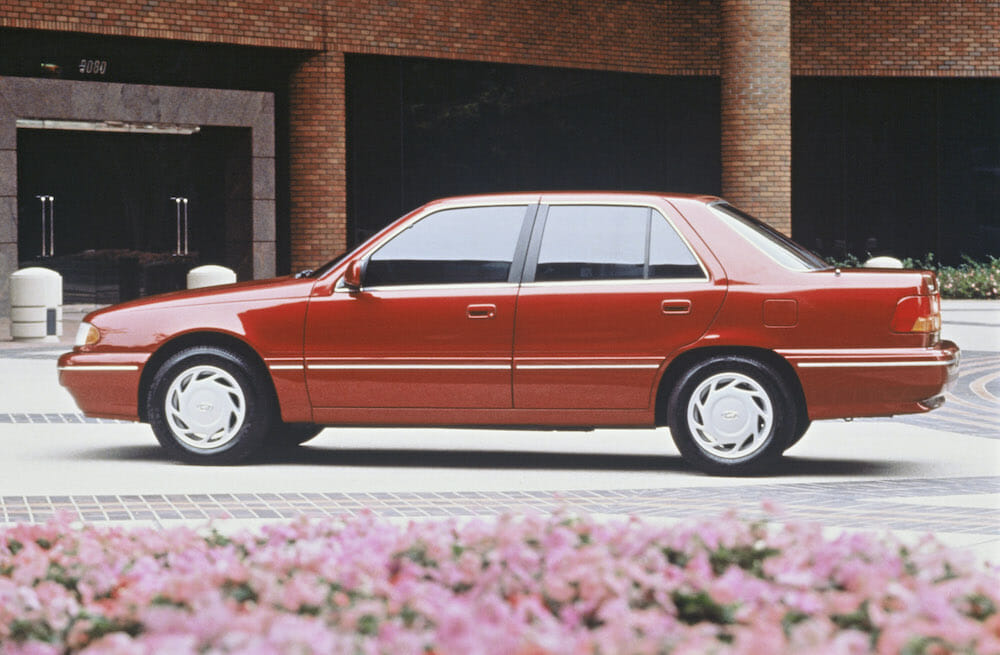
Hyundai’s third-generation of Sonata really caught on with buyers and came with two engine options. Lower trim models could be had with a 2.4-liter four-cylinder engine. Known as the Sirius II, this engine made 139 horsepower. If you wanted more power, Hyundai’s “Delta” V6 could be had. Displacing 2.7 liters, this engine made 177 horsepower. Both engines may have one downside, however. According to Repair Pal, a faulty exhaust gas recirculation switching valve may cause a rough idle, and failed emissions. Otherwise, the 2001 to 2004 Hyundai Sonatas seem to be fine vehicles.
NF Engines (2004)
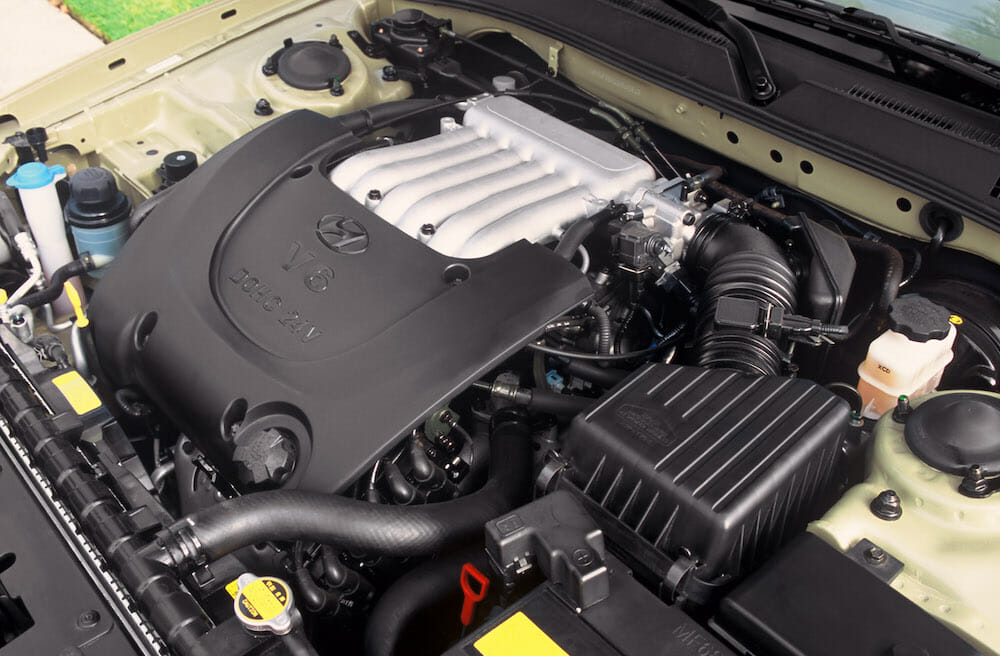
Hyundai experienced a great leap forward in terms of quality with their fourth-generation Sonata. All new engines were introduced with this model, too. “Theta” designated the new four-cylinder engines, although these were the same size. Despite this, they became more powerful, making 164 horsepower. And for those that sill needed that V6 kick, the all-new Lambda V6 was up to a stout 235 horsepower. There are no recalls on this lineup of motors, but Car Complaints shows a number of drivers had experienced idling issues.
YF (2009)
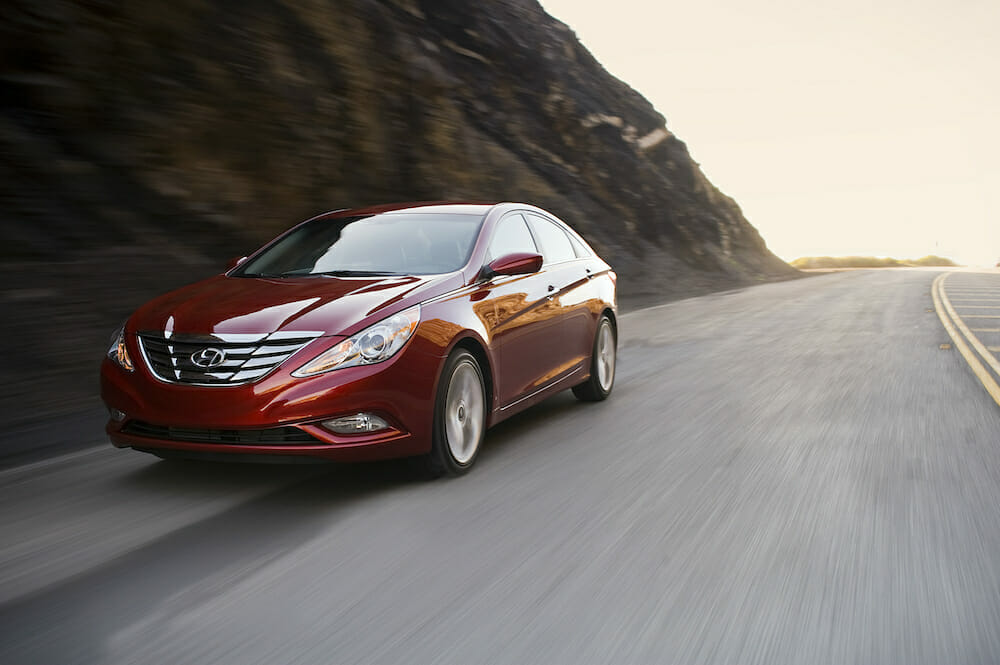
Hyundai’s sixth-generation Sonata began as a 2011 model year vehicle and saw quite a change in the engine lineup. The V6 was dropped altogether. The 2.4-liter four-cylinder remains and is joined by a powerful 2.0-liter turbo, and for the first time in a Sonata, a hybrid system.
Hyundai’s Theta II 2.4 four-cylinder sees the utilization of direct injection technology in this generation of Sonata. Power is up from 164 to 197, and fuel efficiency is up as well.
A faulty exhaust gas recirculation switching valve may cause a rough idle & failed emissions. Otherwise, the 2001 to 2004 Hyundai Sonatas seem to be fine vehicles.
Replacing the V6 is the 2.0 turbo. Car and Driver asks: “Who needs a V6?” With 274 horsepower, the new four-cylinder turbo easily out-muscles the previous larger engine. At the same time, it sips fuel, rated at an impressive 22 city, 33 highway MPG.
If you wanted to mind your fuel even more, the Sonata Hybrid will be the easy pick. Making the 2.4-liter four-cylinder with a 30-kilowah electric motor provides 37 city MPG, and 40 on the highway.
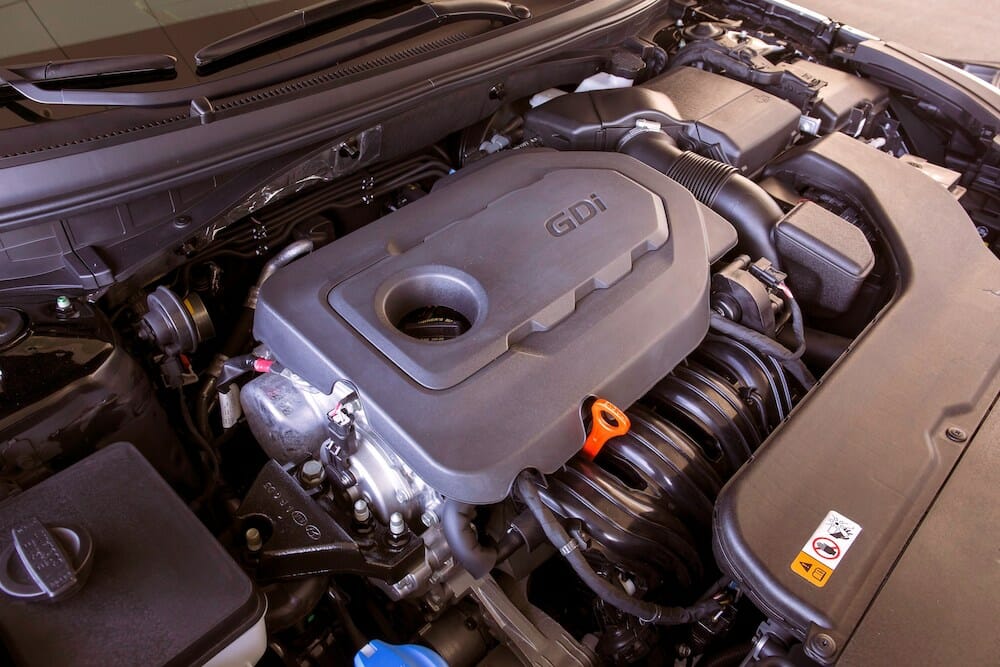
This Theta II engine family shared across all platforms for the Sonata has been troublesome for Hyundai in the past. In 2015, The Drive reported a sweeping recall of 1.5 million Hyundai models affecting the 2.0 and 2.4 models. Metal shavings from the manufacturing process could block oil ways and cause the motor to potentially seize. If that wasn’t enough, in 2020, Hyundai issued another recall for these engines. AutoEvolution notes this recall was for bad connecting rod bearings. Less than 1,300 vehicles would potentially be affected by this recall, however. The bulk of these recalls happened in 2015 though, so it is worthwhile to see if the car you are looking at has had any recall work performed.
LF (2014)
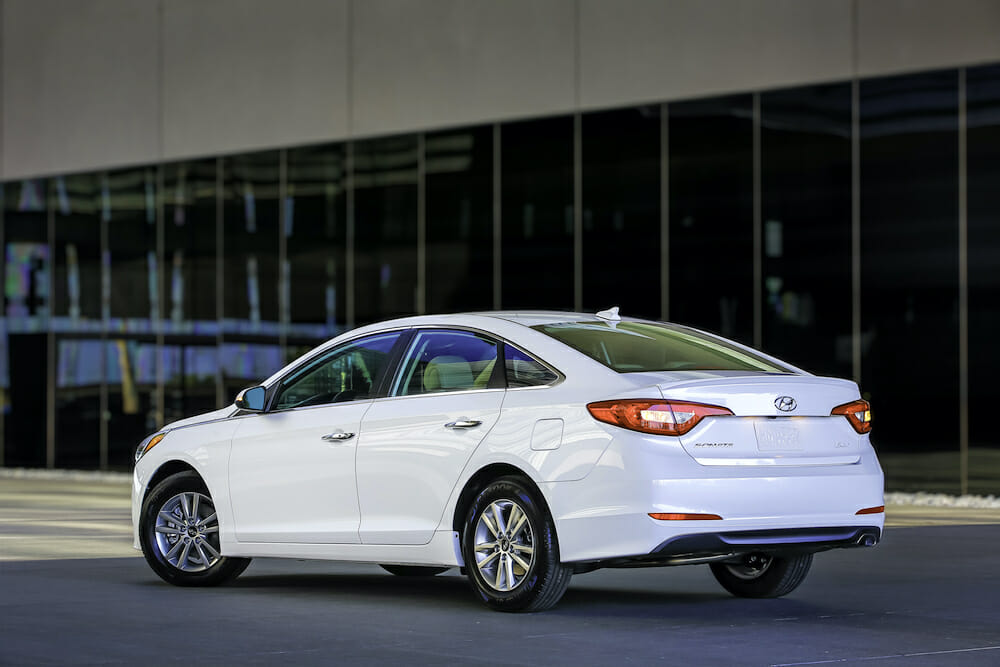
New for the seventh-generation Sonata was an “Eco” trim. Power for this Sonata came from a new, 1.6 liter 4-cylinder turbo. Via Green Car Reports, this Gamma engine makes 178 horsepower. It makes for a reasonable and well-rounded package in the Sonata, but even though this has a turbo, don’t expect the performance of the larger engine.
Aside from the addition of the 1.6, Hyundai carried over, in large part, all of the engines from the previous generation of Sonata. This means the engines were also affected by the recall. The seventh-generation Sonata was affected by the same recall that began with the 2009 models.
DN8 (2019)
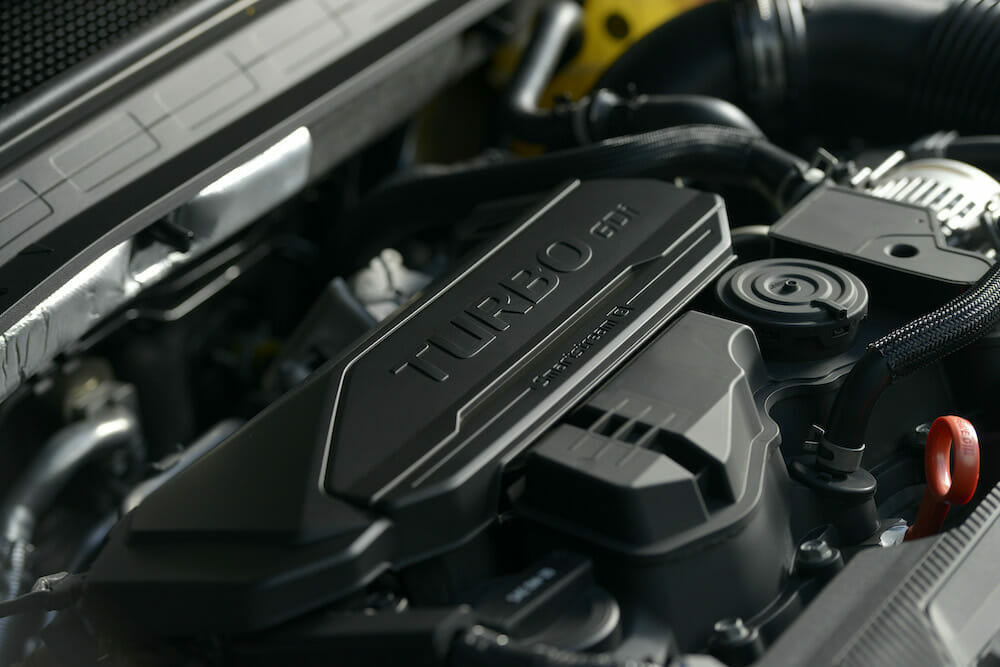
After two entire generations of cars using the Theta II platform, Hyundai finally made a full refresh for the eighth-generation Sonata.
‘Consistent with the N Line Philosophy, the Sonata N Line brings 290 hp & performance to the street.’
Gone are the troublesome Theta II engines, and in their place is a range of “Smartstream” engines. The range starts with a 1.6 turbo. Replacing the Gamma engine, This Smartstream engine makes two more horsepower, totaling 180. Replacing the 2.4-liter motor is a slightly larger 2.5, making 198 horsepower. While the strength of these engines isn’t much higher, their reliability so far seems to be far superior of their predecessors.
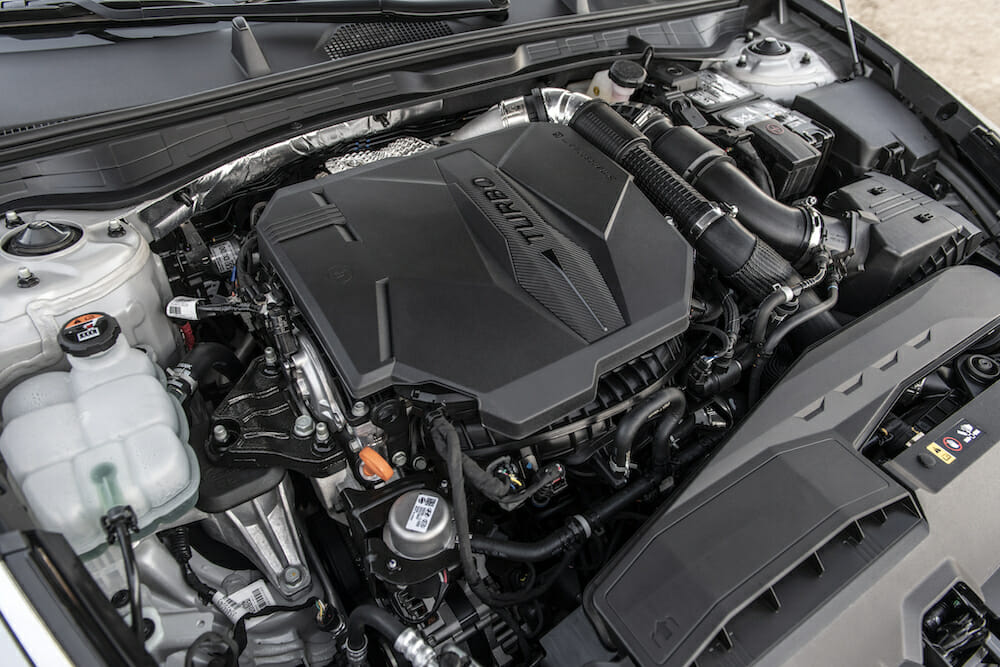
Additionally, Hyundai’s eighth-generation Sonata receives its most powerful engine yet with the 2021 N Line. While the N Line might not be evocative, what’s behind the name is a 2.5-liter turbocharged engine producing 290 horsepower and a stout 311 lb/l of torque.
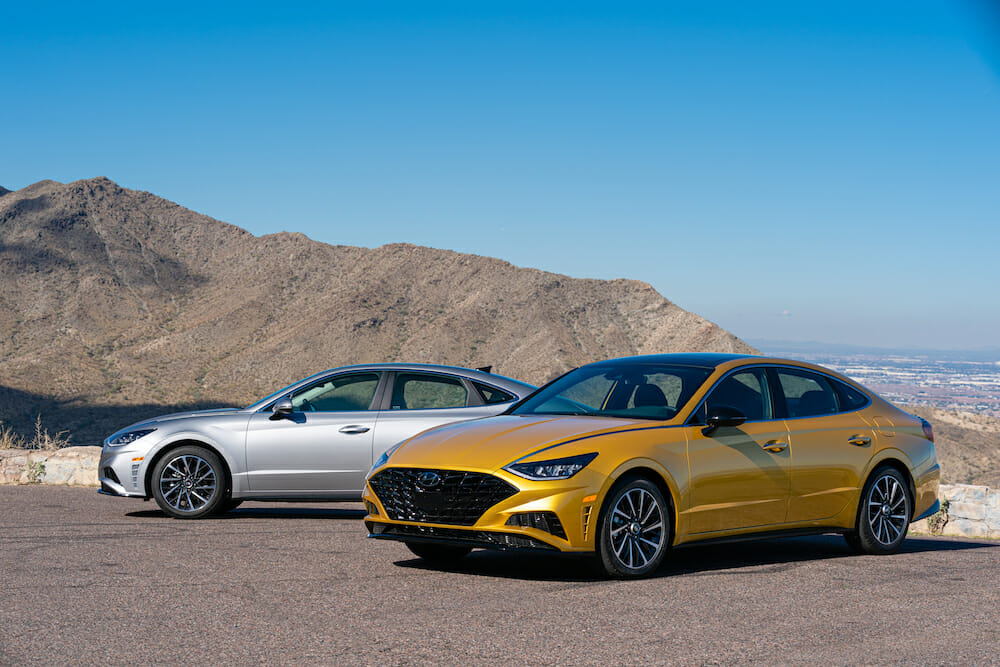
Understandably, you may be concerned with a Sonata and the recall history. Hyundai has set up a website where the VIN can be checked, and more information can be found. However, Hyundai will provide a lifetime warranty, transferable to subsequent owners in some cases, and at minimum increase their warranty to 120,000 miles.
Photos: Hyundai